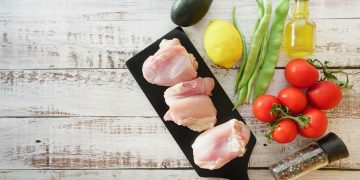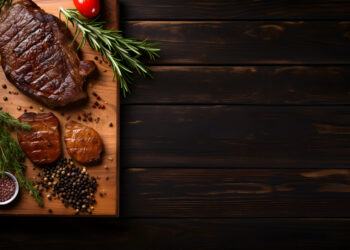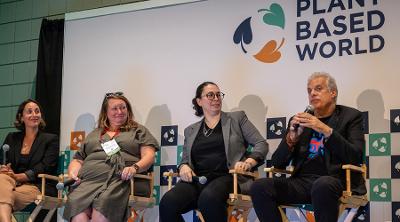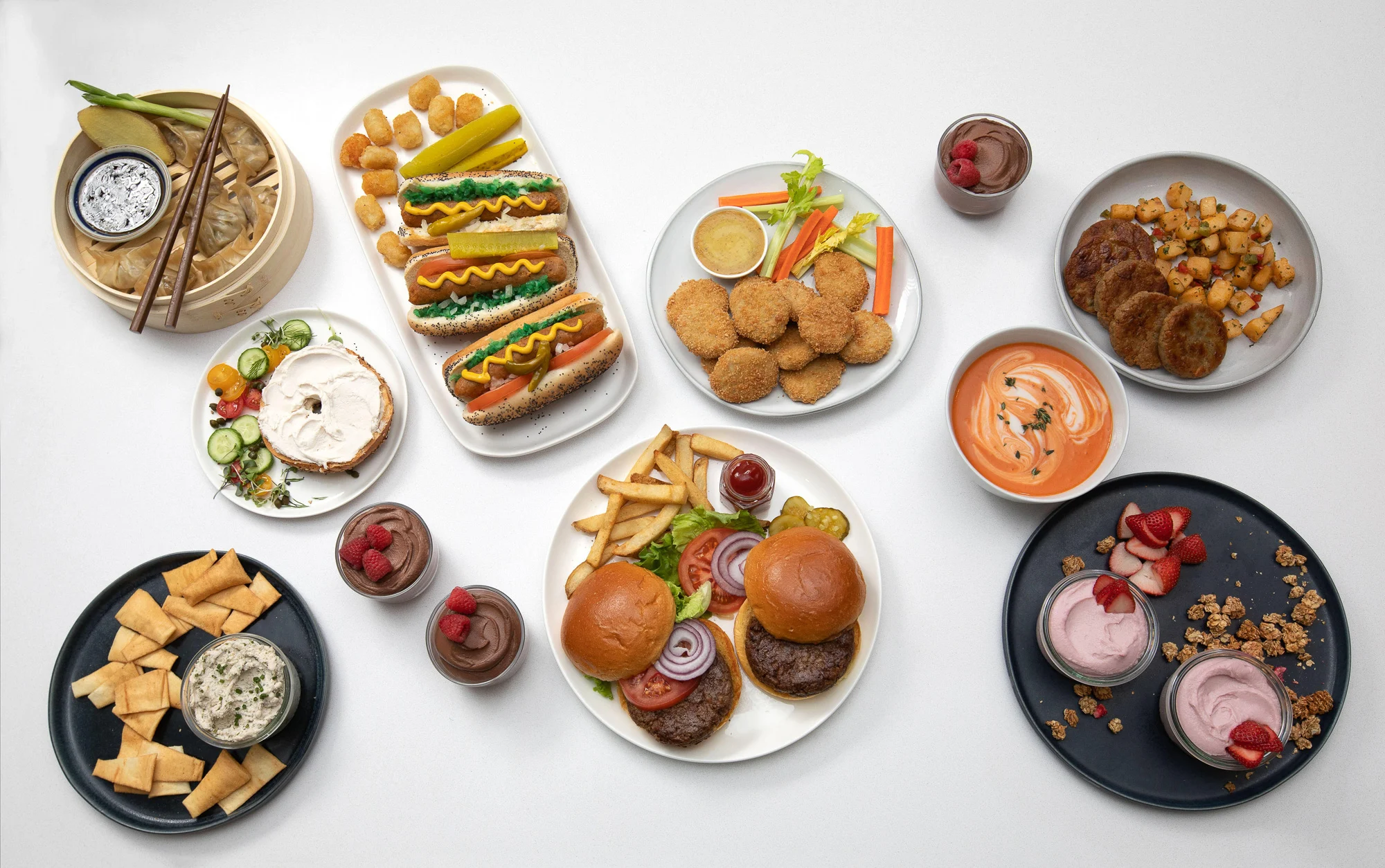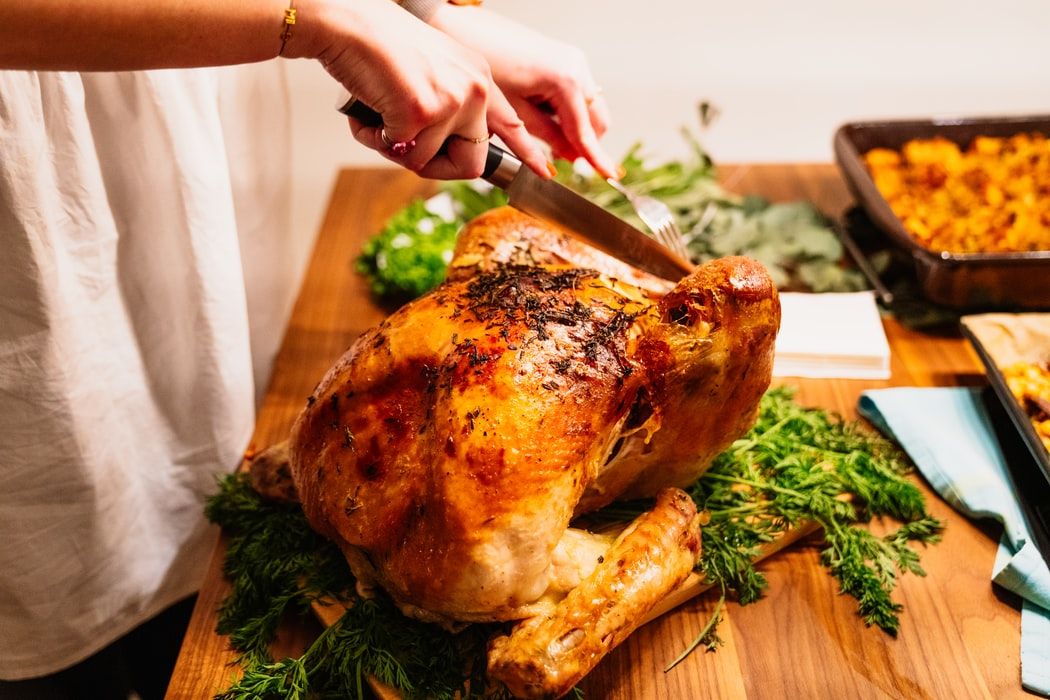For both animal products and alternative proteins, taste and value are key, according to a new “Innovations in Alternative Proteins” report from the International Food Information Council (IFIC).
For the report, IFIC interviewed 1,000 U.S. adults ages 18 and older about their meat consumption habits, willingness to try alternative proteins, and their understanding of new and innovative alternatives.
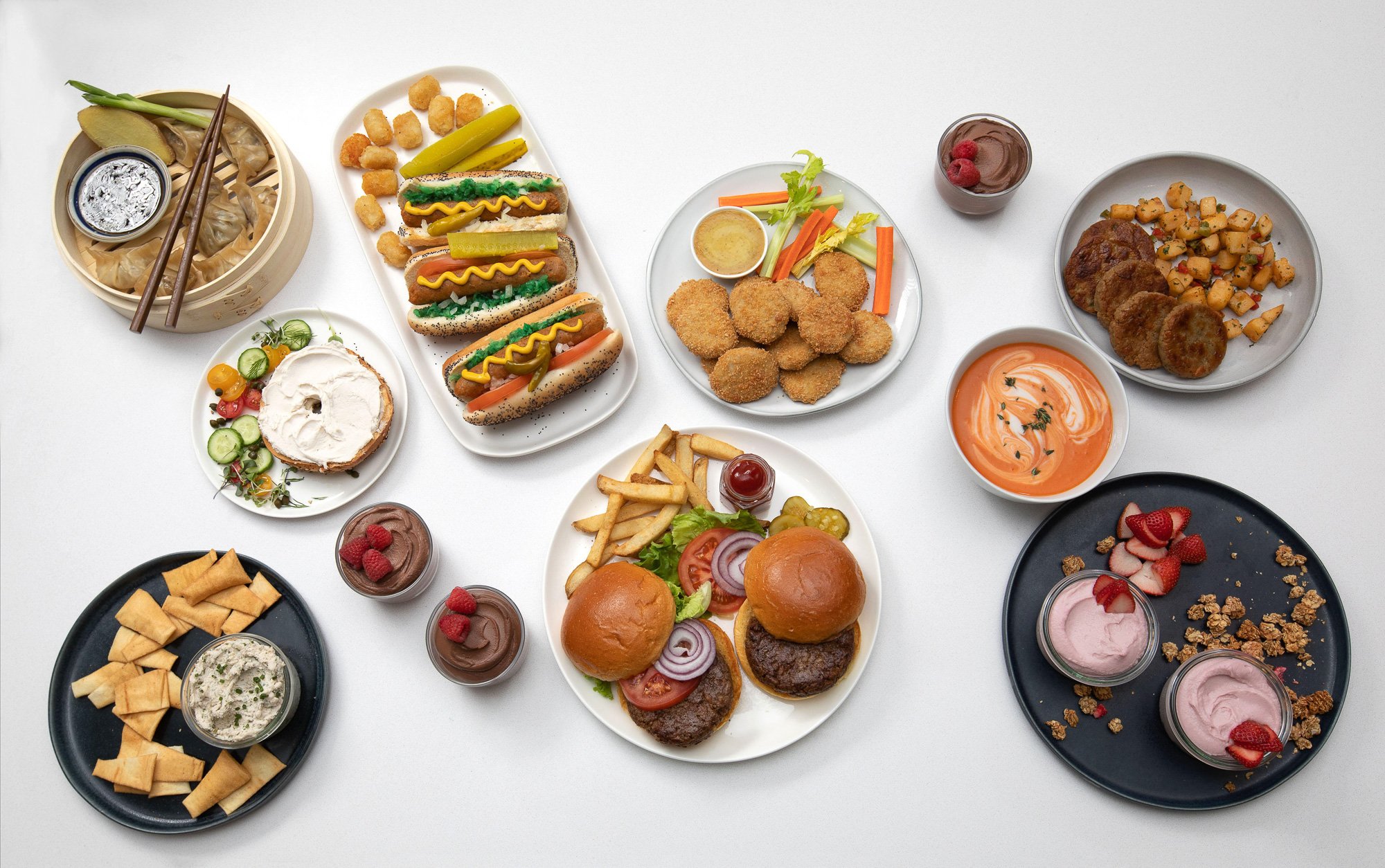
Taste, value, and appearance drive animal meat purchases
More than half of Americans (54%) eat animal meat on a daily basis, and more than a third (36%) eat it weekly. And taste (42%), value (37%), and general appearance (33%) are the highest priorities for meat purchasers.
Younger consumers (ages 18-34) were more likely to give weight to the source of the meat as well as labels including “natural,” “organic,” and “healthy.” Consumers 35 and older were more likely to prioritize value, while those 55 and above were more likely to rank availability as important.
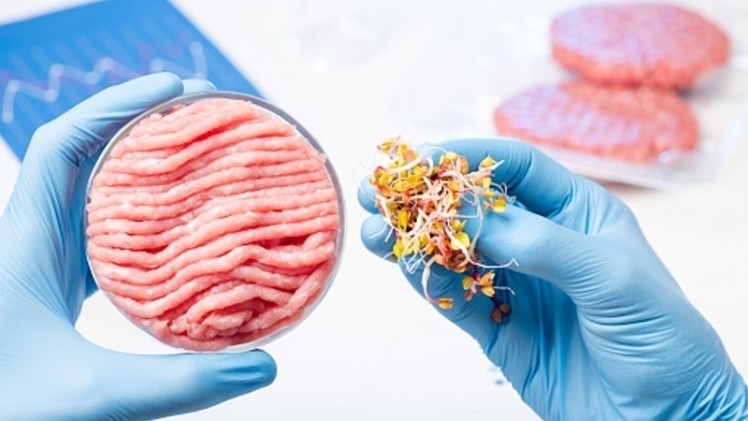
Curiosity, health spark interest in alternatives, but taste deters repeat buys
More than half (57%) of Americans said they’ve tried alternative proteins, most commonly plant-based ground beef (31%) and beef alternatives (23%), plant-based sausage (22%), and plant-based chicken alternatives (22%).
Curiosity (50%), belief that such products are healthier (40%), and recommendations from friends and family (30%) were the most common reasons for trying alternative proteins. When asked about the most appealing ingredients in such products, customers who tried them rated soybeans (55%), mushrooms (52%), and peas (43%) the highest.
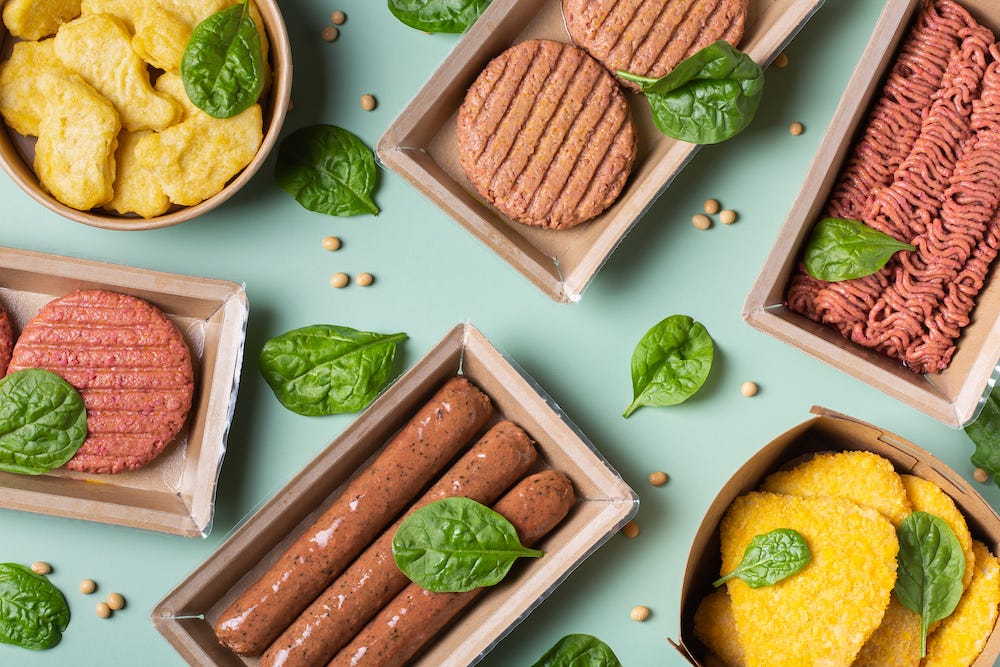
While 31% who gave alternative proteins a try eat them more frequently now, 14% eat them less and 22% haven’t tried them again. More than half (51%) of consumers who tried alternative proteins for the first time said they weren’t willing to try them again due a taste that didn’t resemble animal meat. Many also said that members of their household didn’t like the overall taste (29%) or texture (24%) and that it was too expensive (25%).
** Click here to read the full-text **





